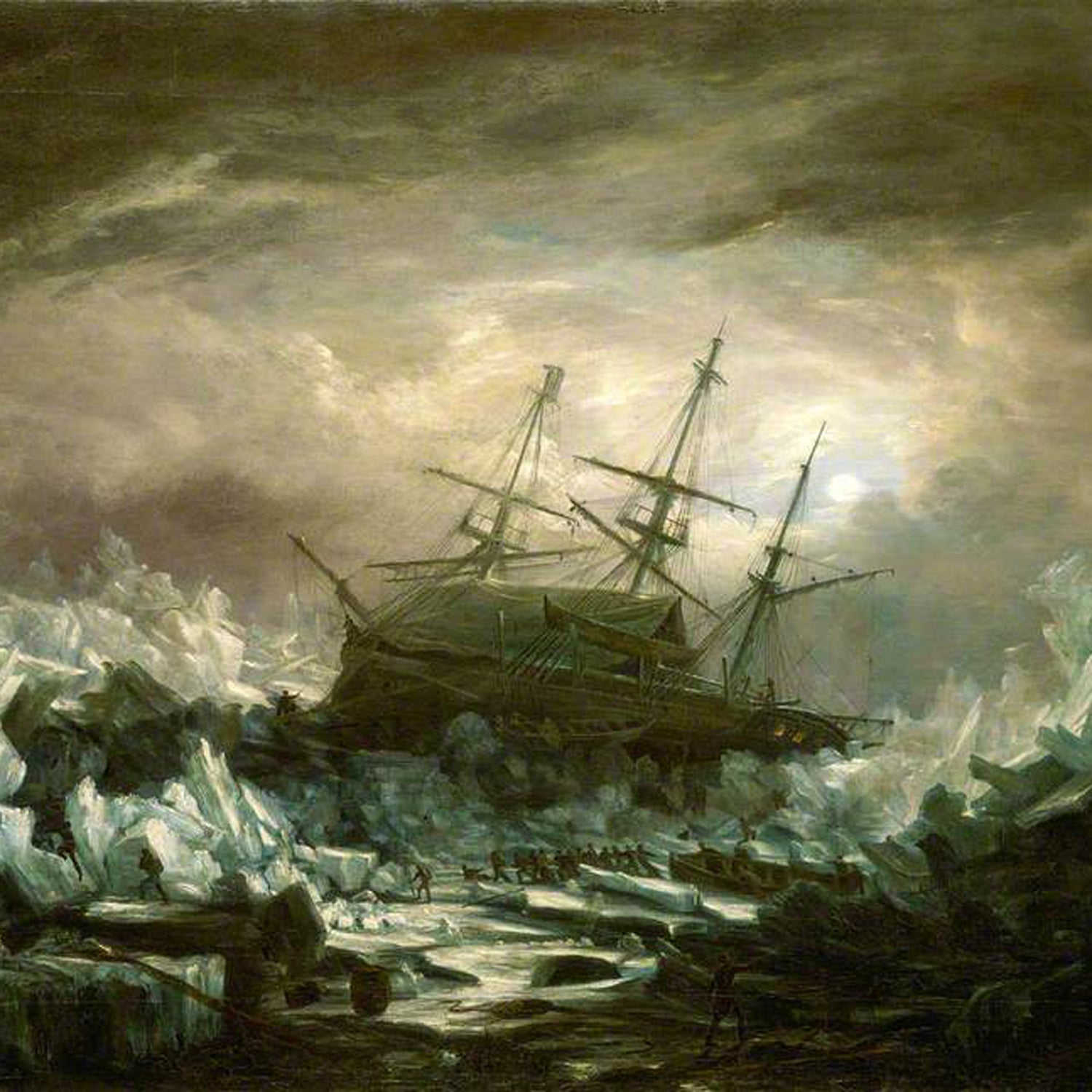In the 1800s, during the age of Arctic exploration, no ship departed without a bounty of specially brewed ale in its hold. “Basically, Arctic ale was the Tang of the 19th century,” says Chris Bowen, a beer historian. “It was thought to contain lifesaving nutritional properties and to be able to fight scurvy.”
Sadly, as much as we’d like to wax about beer’s lifesaving properties, it doesn’t really have any. (Unless you’re in karaoke duel to the death.) But Arctic ale is still worth getting your hands on—if you can find it or, rather, if you can afford it.
Last month, a 140-year-old bottle of Allsopp’s Arctic Ale, brewed for an 1875 expedition to the Arctic, . That’s a lot of money for a beer that could potentially be contaminated or spoiled.
The bottle was likely aboard either the HMS Alert or the HMS Discovery. The two ships left England in 1875 in hopes of finding a route to the North Pole. But where Sir George Nares—the leader of the expedition—thought the men would find a free and clear path to the pole, he instead found an un-penetrable ocean of ice. As more and more of his men fell victim to scurvy, Nares was forced to retreat back to his homeland.
The bottle was found by an auctioneer hunting for treasures in a garage in a village in England. “I saw a bottle which looked interesting standing in a box of mixed spirits,” Aaron Dean, of the auction house Trevanion and Dean . “However, my jaw dropped to the floor when I saw 'Arctic Expedition 1875' embossed on the intact seal.” The auction house says its unclear how a single bottle came to be in the garage—but bottles of Arctic ale have randomly turned up in funny places over the years. Bowen owns a bottle that he found tucked way away in an old brewery's cellar. So the bottles are around, but they are still considered to be incredibly rare—and incredibly valuable.
Bowen says this particular beer is impossibly delicious and worth every penny, so long as you get a good bottle. He would know. Bowen just released a documentary—called “”—Arctic ales. “I built this complete microbrewery powered by propane that I could pull behind my motorcycle and we rode up from Pennsylvania to the shores of the Hudson Bay where we brewed the ale. The seven of us that worked on the film spent nearly a month on the road,” Bowen says.
It took him four years to produce the film, but the great thing about Arctic ale is that it gets better with age—that’s what it’s made for. The bottles he sent to sponsors as thank-you gifts were likely even richer than they were when he brewed them on the shore of Hudson Bay.

So what does ancient ship-beer taste like?
Bowen had the opportunity to taste some of the real stuff—aged 140 years—last year, courtesy of television chef Jamie Oliver. When the men opened the bottle “the room was instantly filled with this aroma of antiquity, and raisins and dates. It was like letting the genie out of the bottle,” Bowen says.
UK-based beer blogger, author and journalist Martyn Cornell, who has also tried authentic Arctic ale, says the beer is exactly what you’d want if you were aboard a pitching ship in an icy ocean. “When new, this would have been a great beer to have on an Arctic expedition–strong enough to survive freezing and thawing, rammed with flavor, warming, full of malt sugars for an energy boost: just what you’d want to cheer you up in the cold and the dark.”
If you don’t have $5,300 to spend on a single beer, don’t worry. Bowen actually brews a facsimile of the original Allsopp Arctic Ale for Pennsylvania’s Fegley’s Brewworks. And he says that with a bit of sleuthing you can actually find the original recipe and brew it at home. “I haven’t published it online because I brew it commercially, but it’s out there.”
Just a word of warning: The beer is generally a hefty 12 percent alcohol by volume. So while it won’t cure your scurvy, it will cure your ability to walk in a straight line. Which is maybe why so many early Arctic expeditions never made it to their final destinations.


